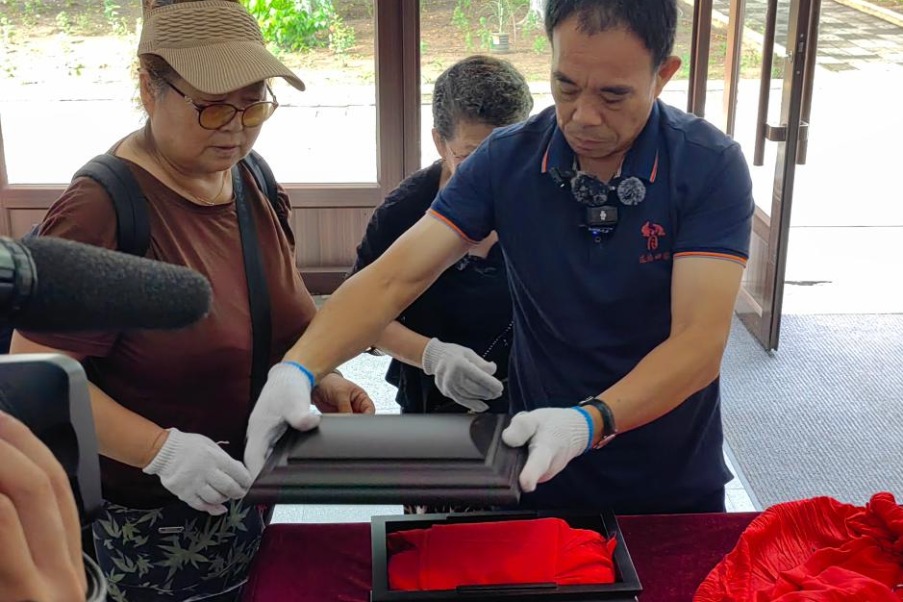Chinese team designs tiny robot sensor for tasks inside bodies

BEIJING -- A team of Chinese scientists has managed to combine sensing and steering functions in one grain-sized machine, creating potential for more accurate drug dosing and in-situ physiological monitoring.
The researchers from Huazhong University of Science and Technology in central China's Hubei Province and the Chinese University of Hong Kong in south China have developed a 1.3-mm-wide magneto-ultrasonic tiny robot that can wirelessly detect and regulate environmental parameters such as force, vibration, viscosity and temperature, according to a report published this week in the journal Science Robotics.
With the ability to detect stimuli and translate them into ultrasonic signals, this 4.6-milligram robot can also manipulate delicate objects such as salmon eggs, as shown during an animal model test.
The researchers further demonstrated that a thermometer version of this bot is able to sense temperature changes in a pig model, while a capsule variety of this robot confirmed its ability to deliver precise doses of liquids wirelessly in a live rabbit's stomach -- and could measure the dosage level over time.
These tests, notably, have paved the way for real-world applications of this intelligent miniature machine.
- Chinese team designs tiny robot sensor for tasks inside bodies
- Chinese researchers develop movable electrode for more advanced brain-computer interfaces
- China launches construction of high-precision telescope project on 'roof of the world'
- South China city reports over 1,700 Chikungunya cases
- Xinjiang starts building new expressway linking north and south
- Intl tourists captivated by traditional opera gala in Kunshan




































